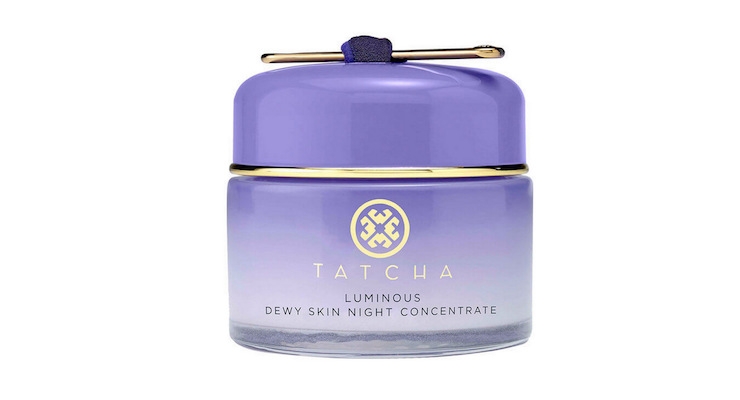Jennifer Famiano, Manager, Industry Analyst, Beauty, The NPD Group06.14.18
Innovative formats, funky ingredients, and playful products are hallmarks of K-Beauty. Beauty coming from South Korea has penetrated nearly every aspect of skincare over the past few years and with the winter Olympics being held in the country, Google searches for the term “K-Beauty” reached an all-time high in the first quarter of 2018.
But another country that boasts time-tested rituals and ingredients has been on the industry’s mind recently: Japan.
Whereas K-Beauty is known for its playful approach, Japanese beauty is more about low-key luxury, time-tested ingredients, and is steeped in rituals. While there might be more than seven steps to Korean skincare, Japanese skincare is minimalistic in comparison.
But, is J-Beauty really new?
Japanese beauty has been prevalent in prestige beauty for decades. Brands like Shiseido and SK-II are perhaps the most well-known brands and are built on the traditional Japanese aesthetic. But with the 2020 Olympics scheduled for Tokyo, a renewed focus on the region is invigorating sales and inviting consumer interest. And newer, emerging brands like Tatcha are gaining awareness.
Tatcha is the brainchild of Victoria Tsai. The brand, though young, has steadily built its foundation by launching products that innovate with formula, highlight the brand’s proprietary ingredient, and create excitement on social media.
Early on, Tatcha adopted a makeup-like approach to promotion. While the rest of skincare was getting adjusted to social media in 2015 and struggling against makeup’s tremendous gains, Tatcha sent influencers like Patrick Starr to Japan to meet with the Geisha’s who inspired the line.
While it is now commonplace to send influencers’ product for review, Tatcha was among the first skincare brands to understand this concept and frequently sent top YouTube stars like Tati Westbrook, Trendmood, and Jeffrey Star its Dewy Skin Mist to use in setting makeup during tutorial videos. This along with a tight hold on distribution helped the brand gain a cult-like following. Tatcha is currently the No. 2 Japanese brand in the U.S. prestige market, based on NPD’s point-of-sale data.
While J-Beauty is not a new concept, its simple approach to skincare is perhaps a perfect match for today’s younger consumer. According to NPD’s Women’s Facial Consumer Report 2017, women aged 35 and younger typically use 1-2 products a day. Compared to the overall average of 3-4, this is a different mindset when it comes to product.
Japanese approach skincare with a gentle strength that highlights clean ingredients that nourish the skin and prevent issues from occurring in the first place. These concepts are where the American ideals are shifting and where our younger consumers are already planted.






























